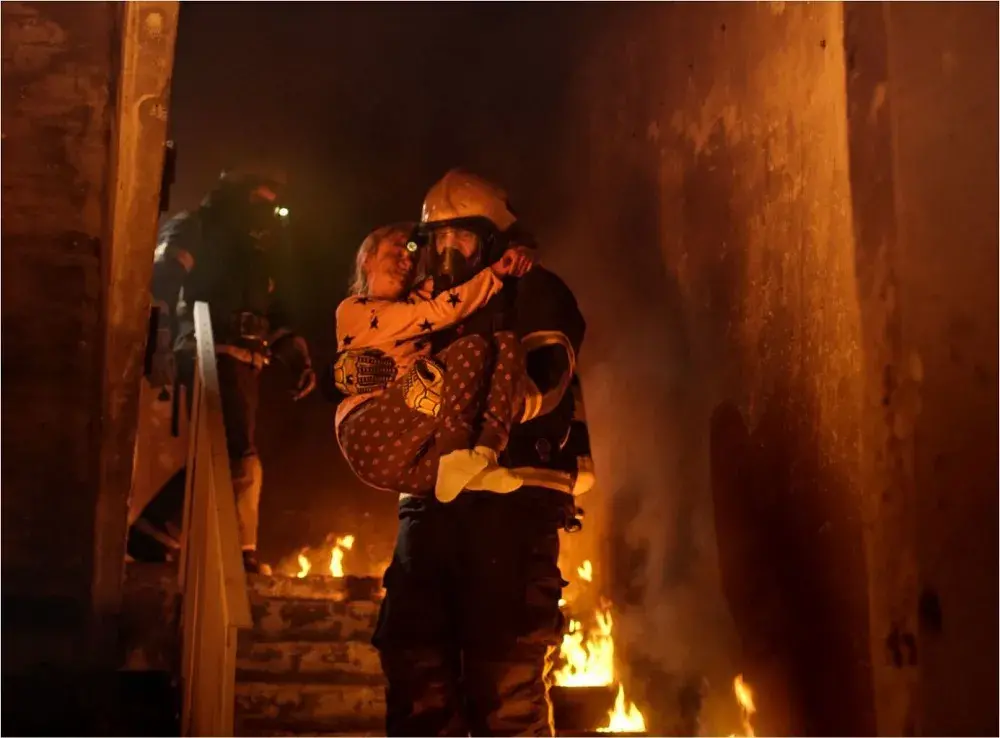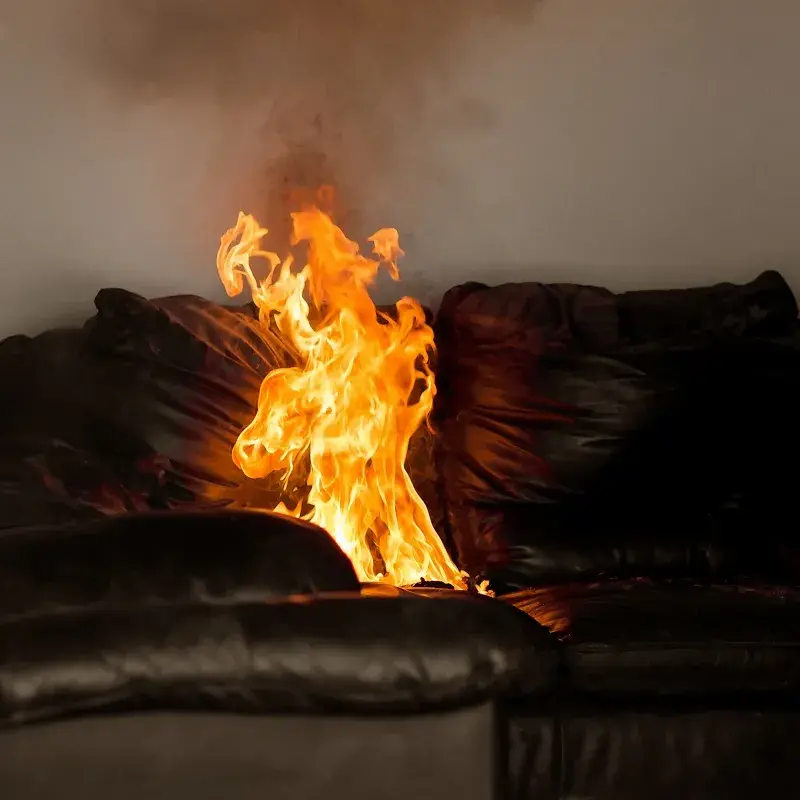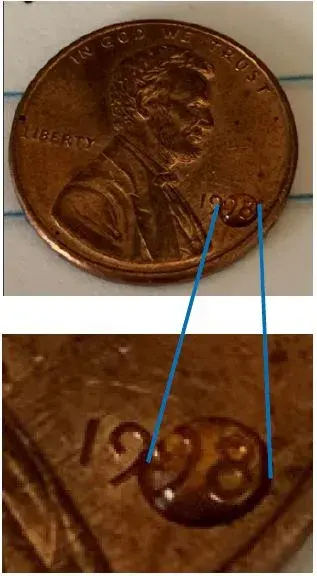 In the chaos of burning buildings, it is not just the flames that are dangerous and potentially lethal, but also toxic fumes like cyanide that are released when certain materials are incinerated. These fumes, mixed with smoke, are so toxic that even in very low quantities may pose more risk than the fire itself.
In the chaos of burning buildings, it is not just the flames that are dangerous and potentially lethal, but also toxic fumes like cyanide that are released when certain materials are incinerated. These fumes, mixed with smoke, are so toxic that even in very low quantities may pose more risk than the fire itself.
Firefighters are generally, but not always, protected by their self-contained breathing apparatus and other equipment. However, unprotected civilians can suffer serious health consequences.
“Carbon monoxide and hydrogen cyanide are called the ‘toxic twins’ of smoke inhalation,” said Dr. David Reed, a chemist at the Science and Technology Directorate's (S&T) Chemical Security Analysis Center (CSAC). “Both can be deadly, and both operate similarly by denying cells the ability to use oxygen.”
Carbon monoxide exposure is relatively easy to measure with a pulse oximeter; but currently rapid and non-invasive field tests are not available to determine cyanide exposure for smoke-exposed individuals, so medical professionals at the scene of an incident can only evaluate general signs and symptoms to assess whether victims were exposed.
“Determining whether someone has been exposed to cyanide just from visual observation can be an issue because the symptoms of cyanide and carbon monoxide exposure are very similar,” said Dr. Rabih Jabbour, a bioanalytical chemist at CSAC. “But they actually need totally different medical treatment.”
To resolve this important issue, CSAC chemists Dr. George Emmett and Dr. David Reed have invented a test to indicate possible toxic cyanide exposure at the fire scene. This test method will help medical first responders with early identification of exposure in fire victims. Doing so is critical because the most important factor in a successful outcome for cyanide poisoning is timeliness of treatment. “If you do not get a timely administration of an antidote after breathing in a toxic dose, it is much more likely you’ll have serious consequences,” said Jabbour. “It is important for CSAC to develop a technology that will indicate toxic cyanide exposure at its early stage.”
“Our test takes seconds and is non-invasive,” said Emmett. “It will cost about 10 cents per test—much cheaper than traditional tests, which can cost hundreds of dollars. That's a huge difference and will be easily affordable to smaller volunteer fire departments and medical responders.”
This is not the first time S&T has developed technology solutions to fight against exposure to toxic fire fumes like cyanide and carbon monoxide. In 2019, S&T developed a lightweight breathing apparatus for firefighters to use during overhaul operations.
Sources of cyanide exposure and the body’s response
 Cyanide is naturally occurring and is found in many common foods and plants, such as cabbage, apple seeds, apricot pits, bitter almonds (it causes the bitter taste), in uncooked cassava or yuca and tobacco. It is the non-natural source of the cyanide in fires that poses a larger threat when the smoke is inhaled.
Cyanide is naturally occurring and is found in many common foods and plants, such as cabbage, apple seeds, apricot pits, bitter almonds (it causes the bitter taste), in uncooked cassava or yuca and tobacco. It is the non-natural source of the cyanide in fires that poses a larger threat when the smoke is inhaled.
“Cyanide exposure has become more of a problem since the 1960s and 1970s because of the increased use of synthetic materials such as the polyurethane foams used in furniture and mattresses and similar materials,” said Reed. “It is mainly a problem with residential and office fires where items such as beds, couches and pillows are burning.”
The human body has ways to detoxify cyanide. The main protection process is to quickly convert cyanide that has entered the bloodstream into the much less toxic thiocyanate. Small doses from natural sources are not a problem for most people because the cyanide is efficiently converted to thiocyanate and eliminated from the body. Large doses can overwhelm the body’s defense systems and cause cyanide concentrations to build up in the bloodstream, denying cells the ability to use oxygen.
The heart, lungs and brain are most susceptible, and symptoms can appear immediately—weakness, confusion, headache, nausea, difficulty breathing, fainting, seizures, and cardiac arrest—but many of these symptoms can arise from other contaminants or be disguised by the general anxiety of victims, hence the difficulty to definitively diagnose.
The CSAC cyanide kit
The inspiration for the CSAC kit came five years ago while Emmett was working on a research project on cyanide and cyanide poisoning. He researched whether pulse oximeters, simple finger clips that measure oxygen levels, could be reprogrammed to measure cyanide poisoning. Then Emmett and Reed found research demonstrating that thiocyanate can be used as an indicator of cyanide exposure in smokers. They looked into this, and this approach quickly became favored.
“A very simple test can detect the presence of thiocyanate by adding a measured sample of the victim’s saliva to a test strip containing iron nitrate,” said Emmett. “When the saliva contains thiocyanate, a vivid color change occurs on the test strip that is related to the quantity of thiocyanate in it.”
From then on, Emmett and Reed have been perfecting the test kit. They first considered an approach that uses an indicator (iron nitrate) to test a saliva sample taken with a cotton swab. The design later evolved, and the kit now consists of a color test strip and a micropipette. Medical professionals, like emergency medical technicians (EMTs), will collect a 2-microliter sample of saliva and place it on the test strip. If thiocyanate is present, the test strip will immediately turn red. The darker the red, the higher the level of thiocyanate.
Testing of the cyanide detection kit will undergo several phases. Currently in the first phase, CSAC is developing a prototype kit that will be calibrated and evaluated in a laboratory setting.
 “It is important to know how much thiocyanate is produced and how fast it gets into your saliva because it's going to be a curve, not a spike. We believe that it is relatively rapid, in a matter of minutes; we will confirm that with time series tests,” said Reed. “This is going to be important for any subsequent medical decisions that are made, including administering antidote and further testing.”
“It is important to know how much thiocyanate is produced and how fast it gets into your saliva because it's going to be a curve, not a spike. We believe that it is relatively rapid, in a matter of minutes; we will confirm that with time series tests,” said Reed. “This is going to be important for any subsequent medical decisions that are made, including administering antidote and further testing.”
The prototype test kit will then be packaged and delivered to S&T’s National Urban Security Technology Laboratory (NUSTL) in 2022 for a Phase II operational assessment with EMTs. NUSTL, which tests and evaluates innovative technologies for first responders, will study how first responders utilize this kit in an operational environment and assist CSAC with correlating first responder feedback to improvements and changes to the test kit.
The third phase will involve obtaining medical approval to act on the results and establishing a licensing partner to manufacture and sell the kits.
“An operational field assessment of CSAC’s test kit will further ensure its effectiveness in the field, possibly leading to important enhancements that are needed prior to commercialization,” said NUSTL Test & Evaluation Division Director Vivek Agnish.
S&T has already filed a patent for the test kit and is awaiting approval, and the name RAPCYDTM has been submitted for a trademark.
“I'm very excited that CSAC was able to come up with the idea,” said Reed. “Being part of the S&T Office of National Laboratories, CSAC and NUSTL are working together to do something great. It's the perfect example of DHS laboratories collaborating to meet the mission.”
![The degree of color change in the test strip reflects the concentration of thiocyanate in saliva (in millimoles [mM]). The darker the red, the higher the concentration. Chart showing the gradation of color from white to very deep red. No/Low Concern (0, 0.25, 0.5, 0.75, 1, 2, 3.5, 5; Notional Range of “Normal” Population SCN [thiocyanate] Levels). Moderate Concern (7, 10, 12.5, 15; Notional Range of “Normal” Population SCN [thiocyanate] Levels); and High Concern (20, 25, 30, 40; Notional Range of Extreme Toxic Exposure).](/sites/default/files/styles/webp_original_size/public/images/st/Feature_Article/21_0907_st_fa_cyanide_poisoning_detection_test_strip.jpg.webp?itok=uPC8XJ58)
